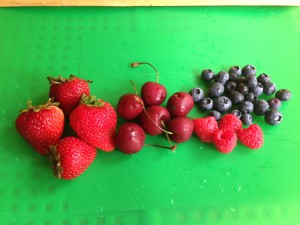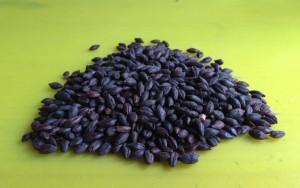When looking at the name of this beer, don’t think of the nearsighted underground mammal prone to crisscrossing your yard with annoying tunnels. Think of mole (MO-lay) sauce from traditional Mexican cuisine. According to Wikipedia, mole comes in many forms with different ingredients. This beer was inspired by a beer from Andy Coates when he was brewing at West Mountain Brewing in Fayetteville, Arkansas. (Andy now owns Ozark Beer Company in Rogers, Arkansas.) Andy added ingredients to a keg of his stout to bring chocolate, spice, and a bit of heat to the beer. It was delicious.
My first attempt at the beer was on an episode of Basic Brewing Video. Steve Wilkes and I brewed a one-gallon batch as part of a series on small batch all grain beers. On Andy’s advice, we added roasted cacao nibs, a vanilla bean, a cinnamon stick, and an ancho chili pepper to secondary fermentation in a Mr. Beer fermenter for one week. [Read more…]






Recent Comments